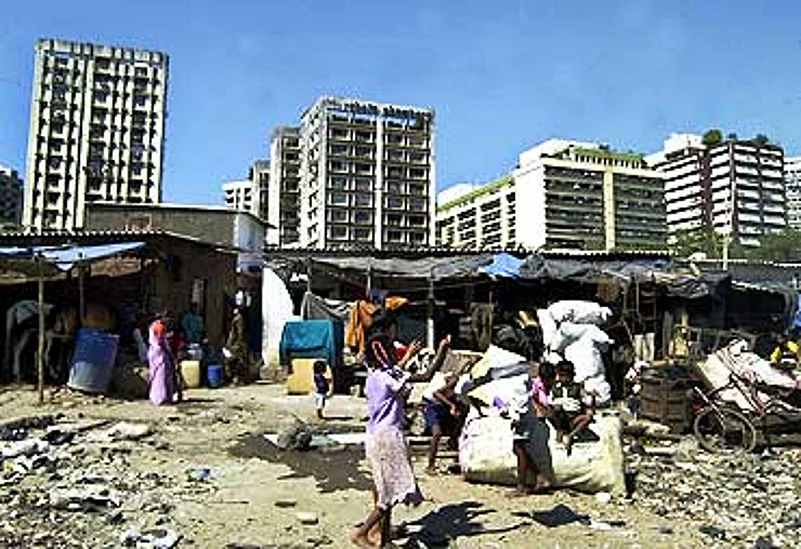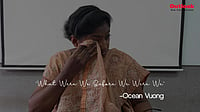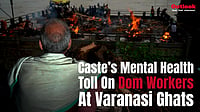- All surveys should look beyond the income criterion
- Accessibility to public services and the social safety net should be one of the prime indicators
- Even though Delhi has one of the highest per capita incomes it has 15 lakh poor. Evidently, income figures do not tell the full story
- Families whose income is from low-end or irregular employment should be considered poor
- Proper evaluation of dependent old people and disabled adults must be carried out
***

The second indicator guages vulnerability through occupation. "Occupational vulnerable groups—broadly, that term implies households which are primarily dependent on earnings from occupations and forms of employment or self-employment which are casual, low-end, with low and uncertain wages and irregular employment. It also implies unsanitary, unhealthy and hazardous work conditions, and bonded, semi-bonded or other undignified and oppressive conditions of employment. Those households with members who are in regular employment with public or private sector would not qualify for occupational vulnerability," says the note prepared by the panel.
The note sets out an illustrative, but not exhaustive, list of such occupations. It includes rag-picking, construction work, casual daily-wage labour, street vending, casual domestic work and work in small household enterprises. Dependent old people, single women and adult disabled people will be considered separate household units for the purpose of such identification.
Deprivation along gender lines will also make its first formal appearance in studies on poverty. There is an attempt being made to identify single women above 18 who are either widowed, separated, or abandoned by their husbands. Ditto for households headed by single women—in short, households with no adult male members or where the principal bread-earner is a woman. The third indicator will be health. This entails identifying specific illnesses and disabilities prevalent among the poor and their ability to access health services offered by the government. The panel's note recommends that this exercise of identification and verification should be repeated every two years.
An important aspect of the survey will be to focus on the impact of state and central government schemes for the poor. For instance, despite an expenditure of Rs 700 crore on welfare schemes in Delhi, there is no study to show the extent to which the benefits had covered the weakest sections of the society and whether there was uniformity in dispensing welfare measures to the targeted sections. One of the key reasons for using objective, verifiable indicators for identifying the urban vulnerable was that the present criterion, income, is neither verifiable nor measureable and mostly goes underreported, says Biraj Patnaik, a court commissioner for the project. The new figures, when they come out, are liable to generate a debate not only on the poor who have been forgotten but also on the efficacy of policies supposedly targeted at them.

















